Definition
Iliotibial band (ITB) flipping over the greater trochanter
Epidemiology
Up to 10% of the population
More common in certain activities i.e. ballet dancers
Aetiology
Thickening of the posterior margin of ITB
Thickening of the anterior border of Gluteus maximus
Symptoms
Usually painless
Visible and/or audible
Can often be produced voluntarily
Examination
Hip flexion and internal rotation causes readily palpable snapping sensation
Tight iliotibial band subluxes over the greater trochanter
Management
Majority of patients no treatment required
- rest
- iliotibial band stretching exercises
- NSAIDS +/- local corticosteroid injections
Operative management
Options
Iliotibial band release
+/- gluteus maximus tendon release
ITB vertical split / cruciform release + trochanteric bursectomy
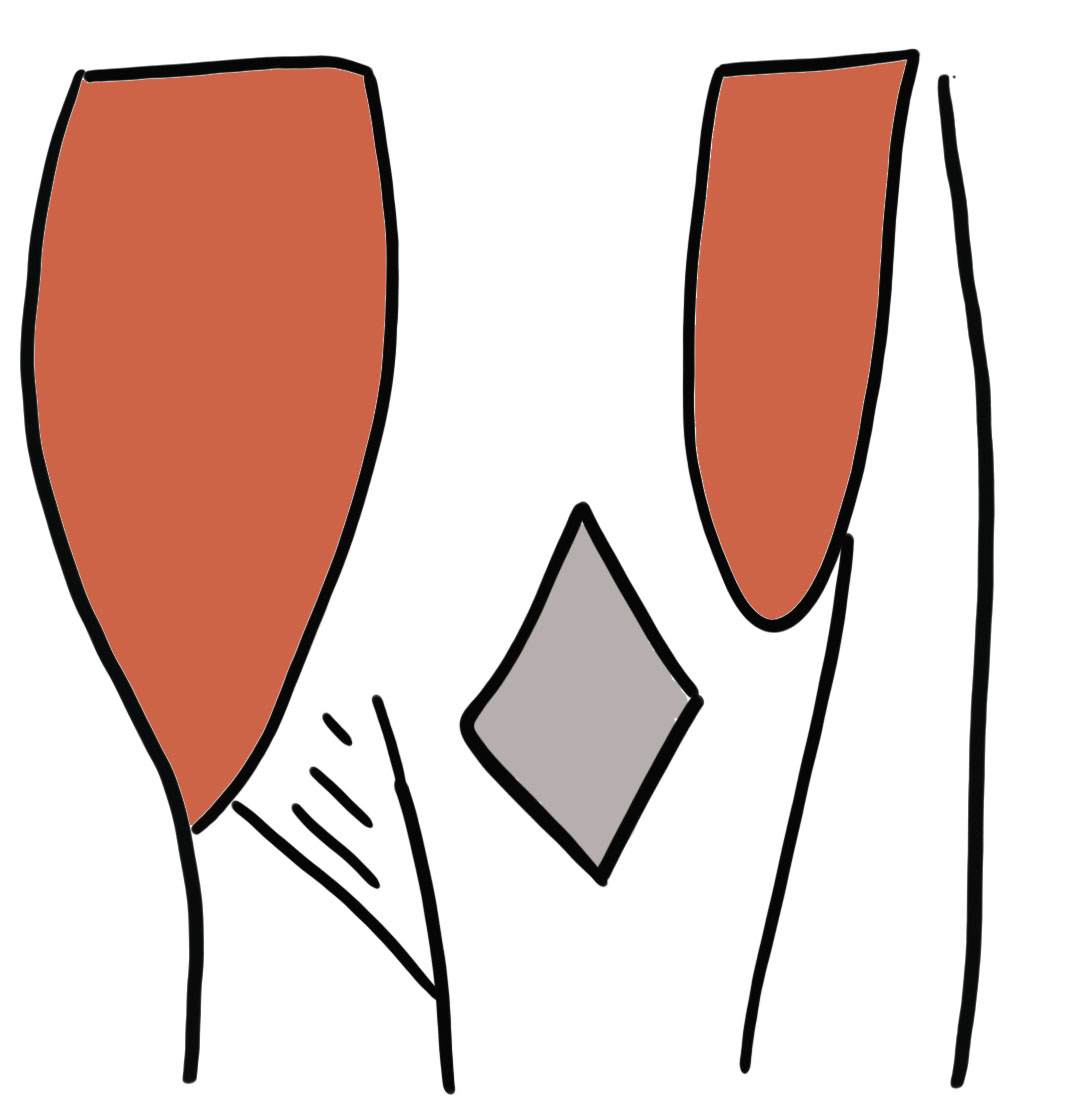
Arthroscopic technique article
Position
- patient lateral / on traction table
Portals
- 3cm below and above greater trochanter
Technique
- identify ITB
- abduct leg to protect abductor tendon
- vertical incision in ITB
- anterior and posterior split in ITB
- resect corners to create a diamond shaped defect
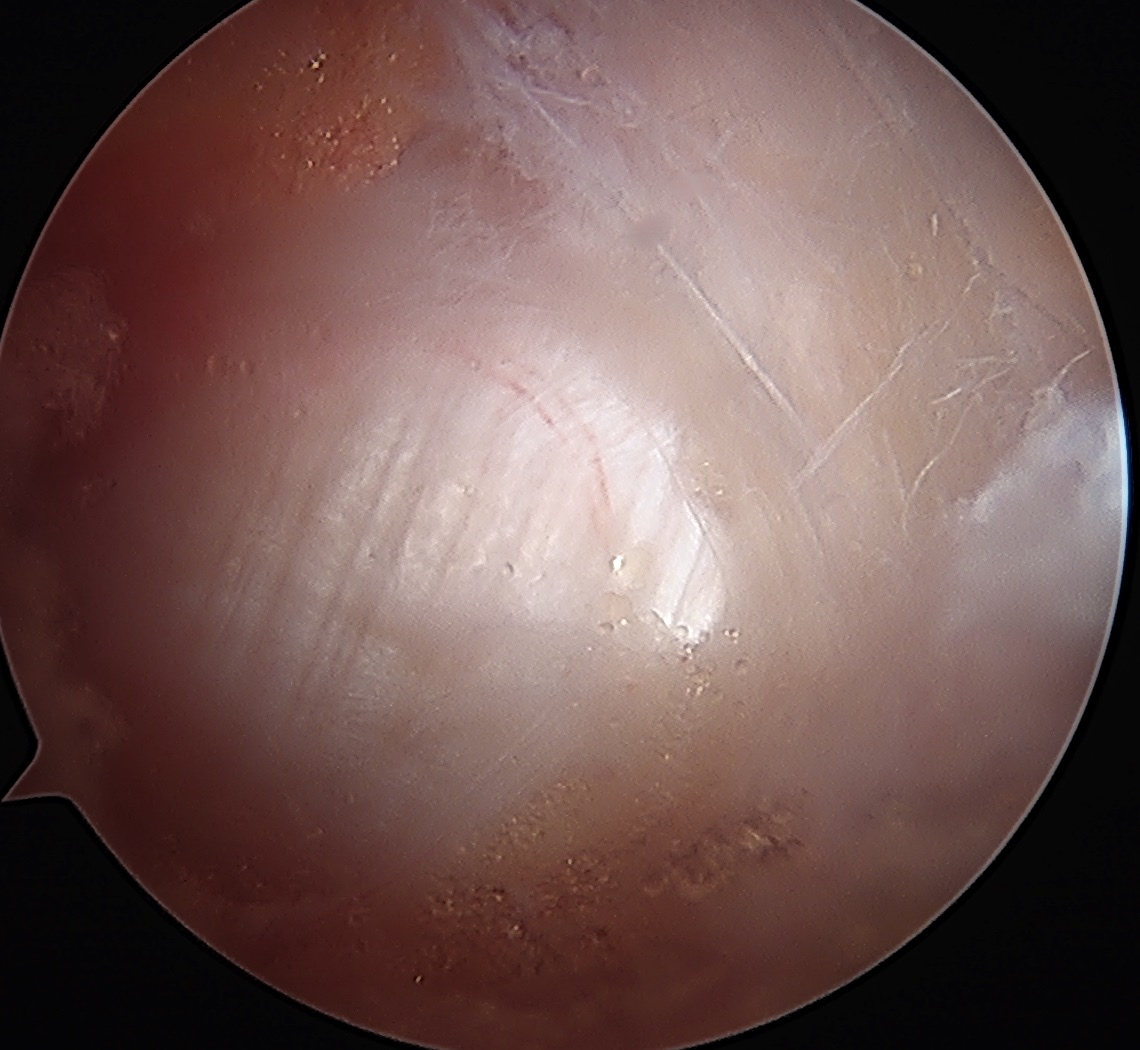
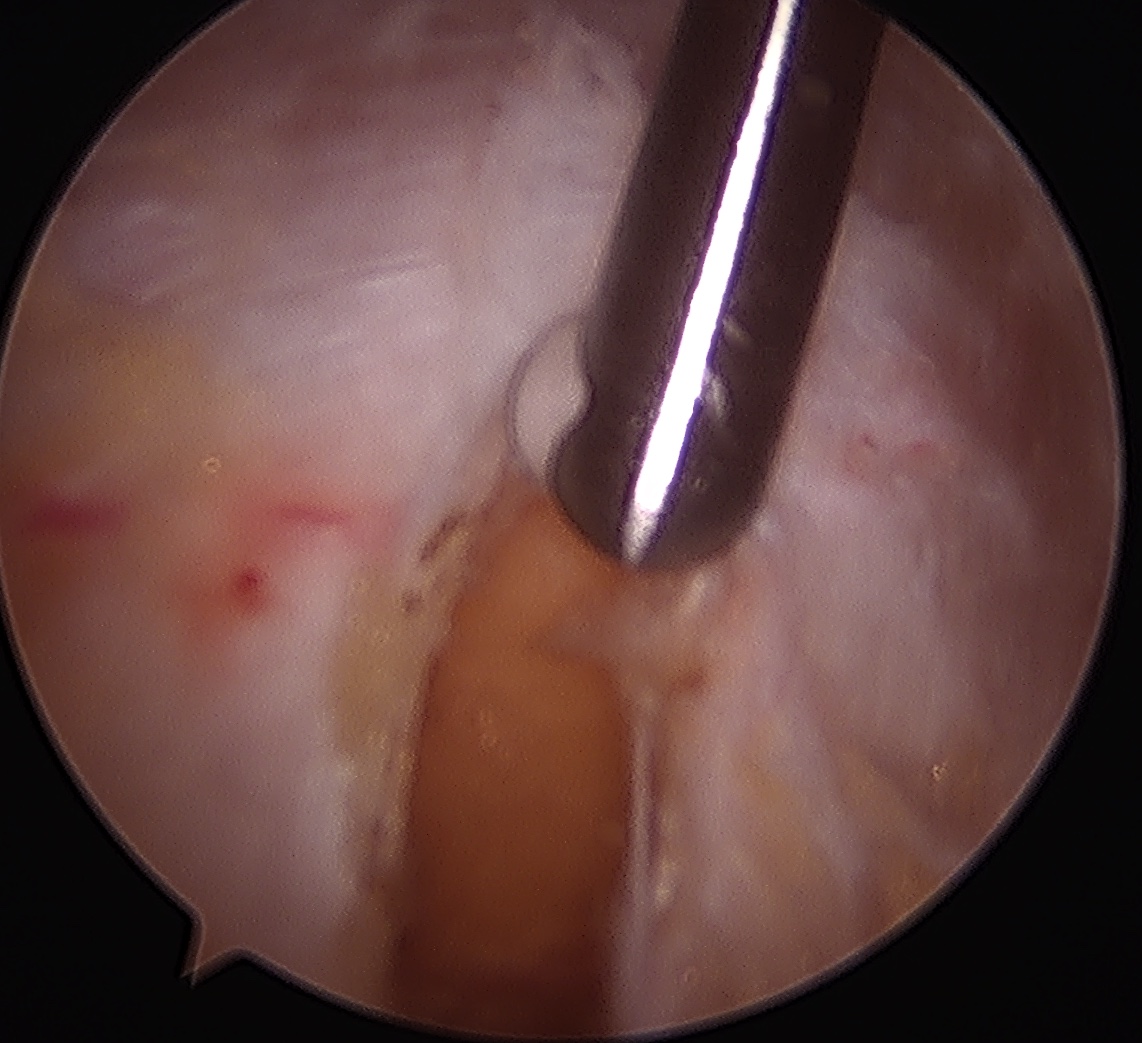
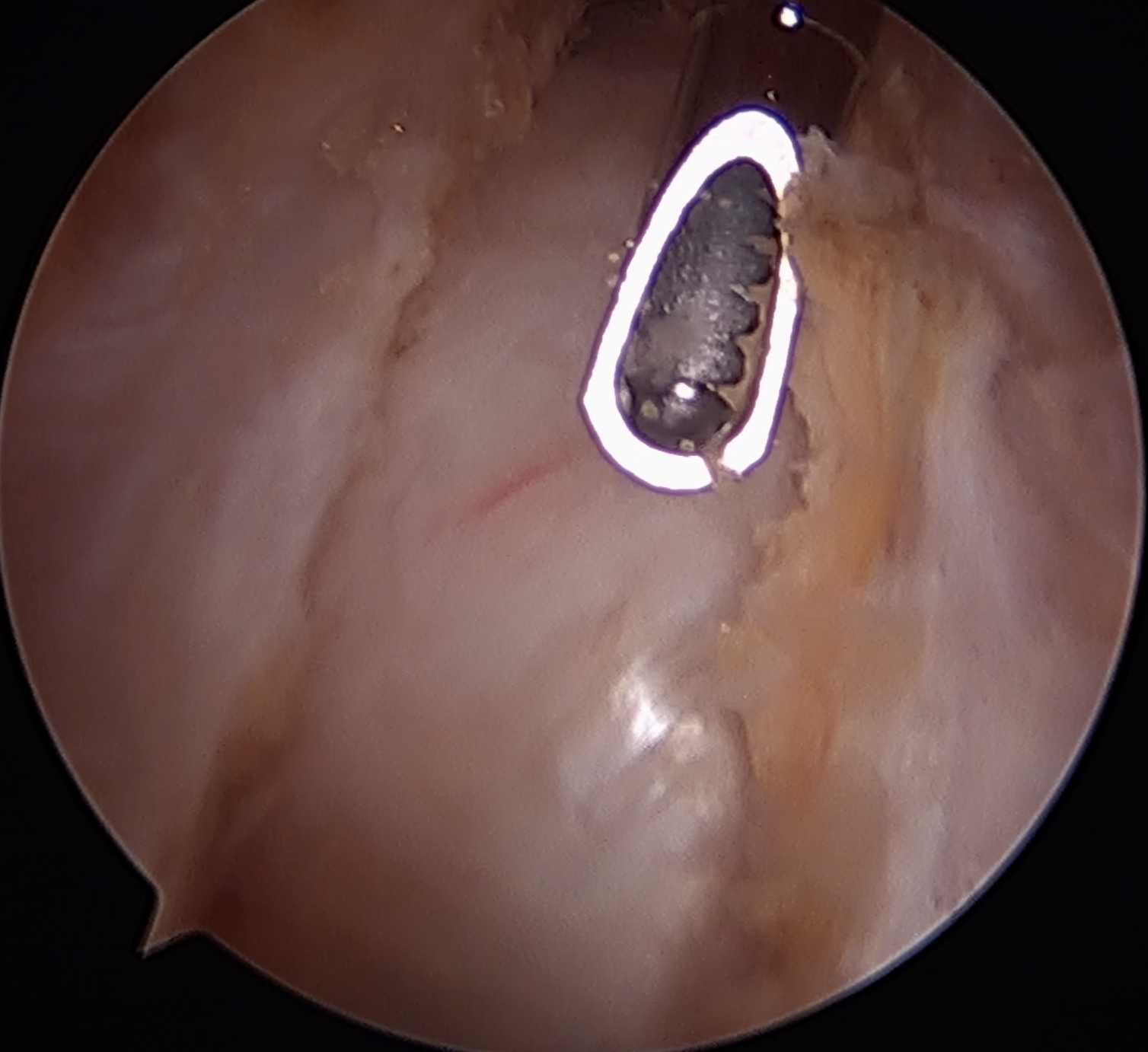
ITB band Longitudinal split in ITB exposing the trochanteric bursa and abductor insertion
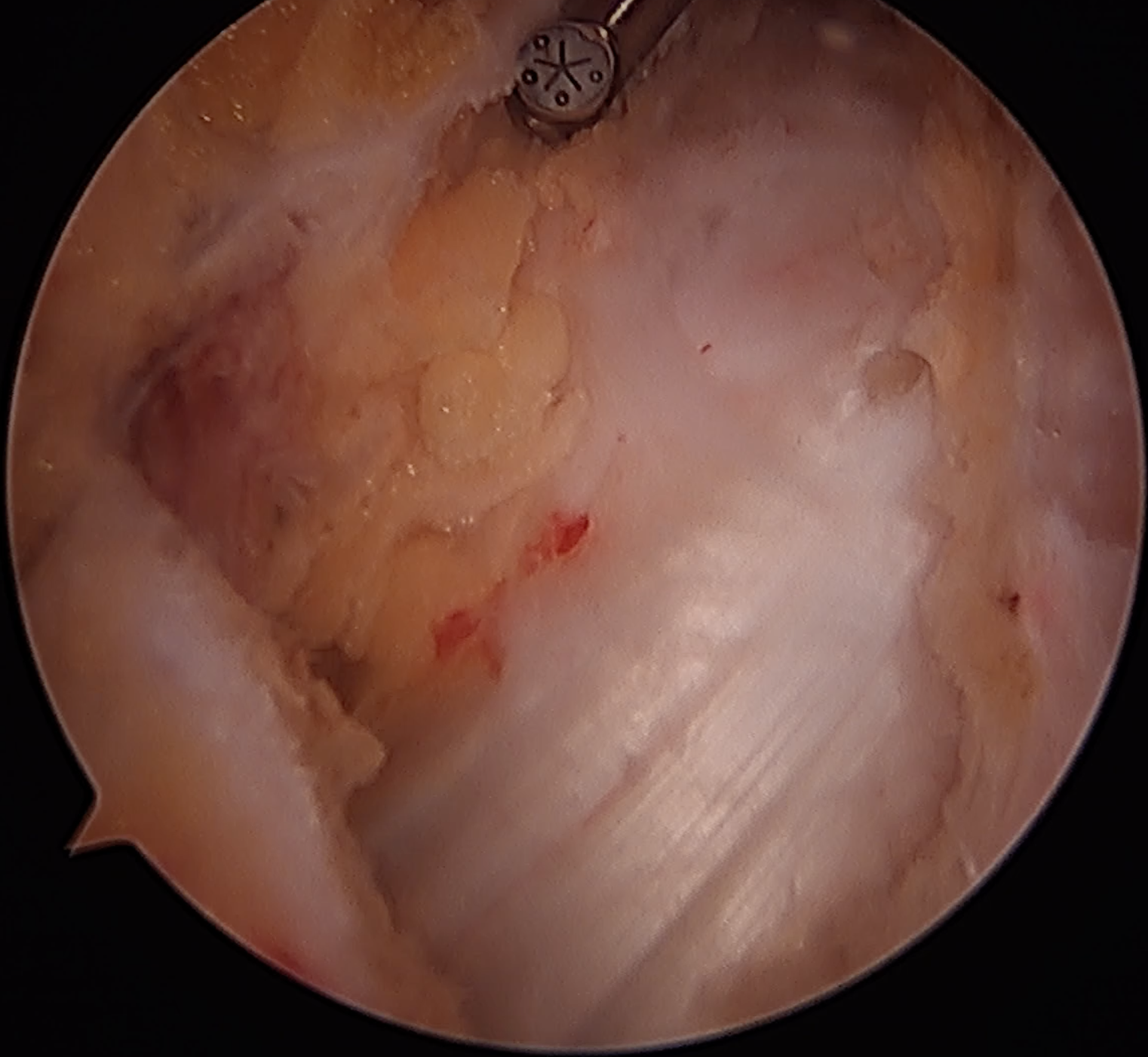
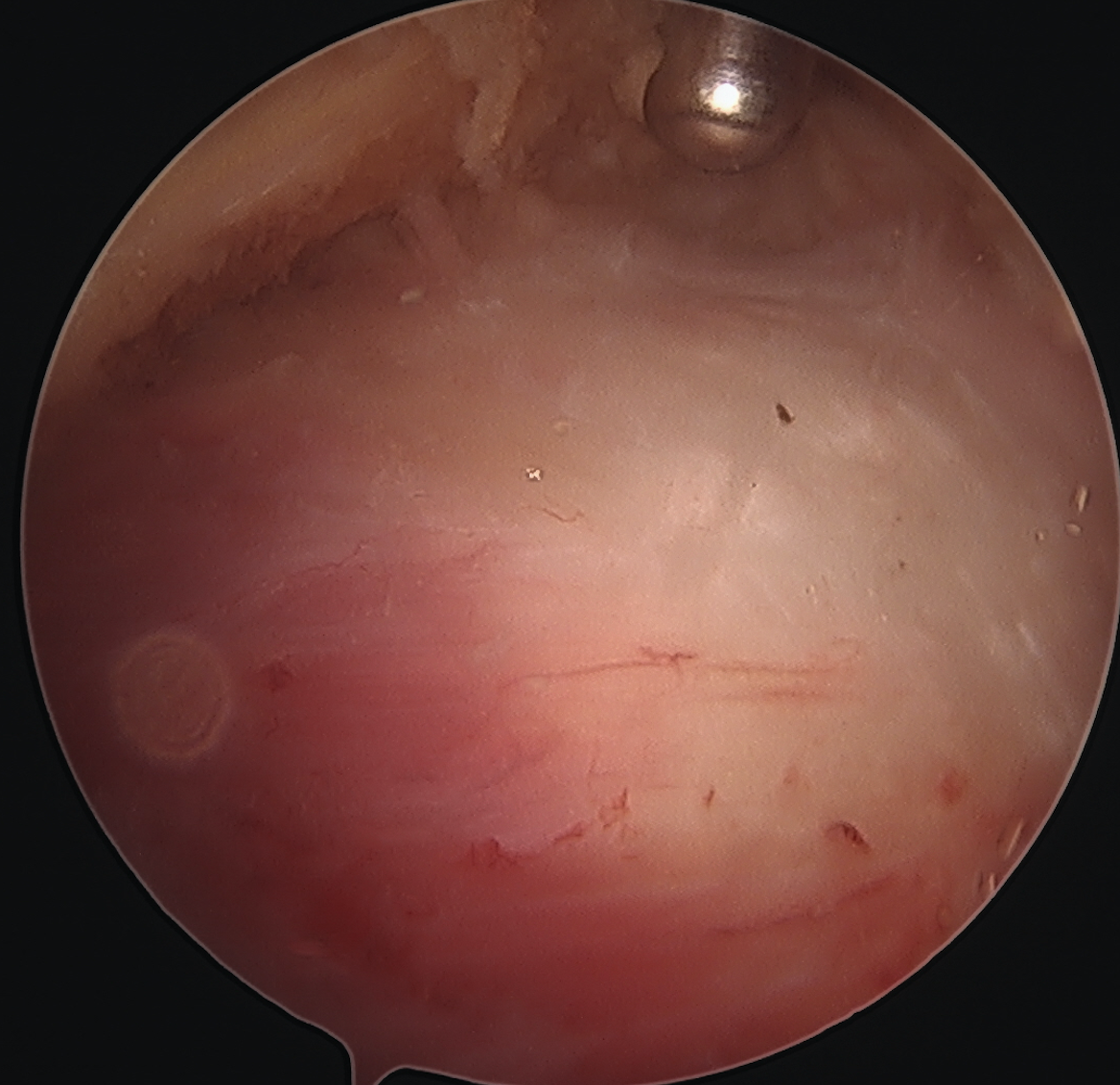
Cruciform release anteriorly Bursectomy over abductors
Gluteus maximus tendon insertion release
Results
- systematic review of surgical management
- 7 papers with 113 hips
- recurrence rate of 7%
